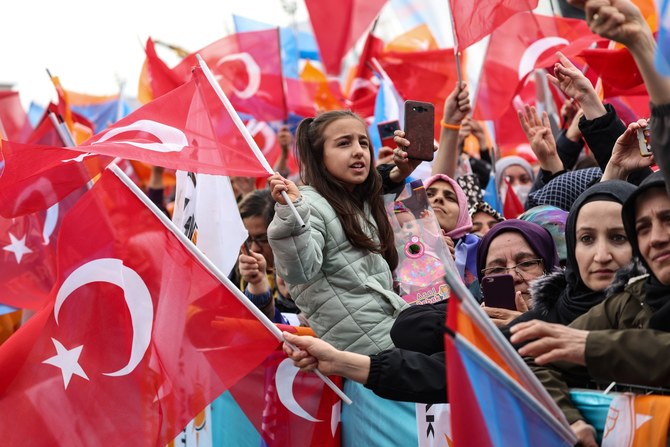
Over the past few years, China and Iran have expanded their long-standing cooperation into a robust economic partnership. China has emerged as Iran’s top trading partner, purchasing significant amounts of Iranian oil and supplying key industrial goods. This partnership serves China’s energy demands while supporting its broader development goals. Central to China’s strategy is the Belt and Road Initiative, which positions Iran as a pivotal player in its geoeconomic and geopolitical plans. Meanwhile, Iran’s “Turning Eastward” policy reflects its strategic focus on strengthening ties with China and other Asian countries.
Following Chinese President Xi Jinping’s visit to Iran in 2016, during which he met with Iranian Supreme Leader Ali Khamenei, the two nations committed to enhancing cooperation with an ambitious goal of boosting bilateral trade to $600 billion by 2026. This partnership took a significant step forward in March 2021, when the two countries signed a “25-year comprehensive strategic partnership” agreement. According to Iranian sources, China promised to invest up to $400 billion in Iran’s oil, gas and transport infrastructure as part of this long-term deal.
Economic relations between Iran and China are often viewed as imbalanced and facing difficulties. Several recent events, including the war in Ukraine, conflicts in the Middle East — most notably in Gaza — ongoing unrest in Iran, the failure to revive the nuclear deal and increasing sanctions on Iran, have added significant strain to the partnership.
Economic relations between Iran and China are often viewed as imbalanced and facing difficulties
Dr. Mohammed Al-Sulami
In January 2023, monthly bilateral trade between the two countries amounted to $1.26 billion, but by February it had dropped to $842 million, marking a 34 percent decline. Chinese exports to Iran also saw a sharp drop, falling from $921 million in January 2023 to $489 million in February, largely due to decreased Iranian purchases of machinery, electrical equipment and vehicles. In the same month, these three sectors accounted for $307 million in exports, a $224 million decrease from the previous month. Meanwhile, Chinese imports of Iranian goods showed little change, rising slightly from $336 million to $352 million.
The trade deficit has also further tilted in China’s favor, partly due to the absence of declared oil imports from Iran. According to data from the Chinese Customs Bureau, China’s exports to Iran fell by 8.6 percent in 2023 compared to 2022, when exports totaled $9.27 billion. Imports from Iran saw a steeper decline, dropping from $6.23 billion in 2022 to $4.58 billion in 2023, a 27 percent reduction. This resulted in a trade balance of approximately $5.5 billion in China’s favor. From January to March 2024, China imported $1.2 billion of goods from Iran, a 3 percent decrease.
However, China’s imports from Iran are likely higher than officially reported, as purchases of Iranian oil by Chinese refineries are often excluded from trade data. In 2023, China imported 1.1 million barrels per day of Iranian crude, which accounted for 10 percent of its total oil imports — the largest annual volume of Iranian crude ever imported by China. But Chinese customs data showed no official Iranian oil imports, as Iranian barrels were frequently relabeled through ship-to-ship transfers in countries like Malaysia before delivery.
In July 2024, China exported $630 million of goods to Iran and imported $337 million, with a trade balance of $293 million. Between July 2023 and July 2024, China’s exports to Iran dropped by 6.14 percent, while imports decreased by 1.02 percent. Iran ranked as China’s fourth-largest oil supplier, following Russia, Saudi Arabia and Iraq.
Russia’s aggressive discounting of oil drew China’s focus, further impacting its trade relationship with Iran
Dr. Mohammed Al-Sulami
The decline in China-Iran economic transactions can be attributed to several factors, including heightened US sanctions on Iran’s oil exports, which increased the risks of doing business with Tehran and complicated financial transactions. Additionally, fluctuations in global oil prices, China’s economic slowdown and Beijing’s efforts to diversify its energy sources all played a role in reducing its dependence on any single country. Russia’s aggressive discounting of oil, following Western sanctions over the Ukraine crisis, also drew China’s focus, further impacting its trade relationship with Iran.
In assessing the future of Iran-China economic relations, two potential scenarios emerge. In the first, new Iranian President Masoud Pezeshkian is expected to maintain the supreme leader’s focus on cooperation with Eastern powers, particularly China, while also promoting his own vision of greater openness to the West, inspired by Chinese leader Deng Xiaoping’s reforms in the late 1970s. This scenario is supported by the long-term strategic partnership between the two nations, focusing on energy, economic reforms and investment opportunities.
In the second scenario, economic ties between Iran and China may remain moderate, with China ensuring a continued flow of Iranian oil but keeping the relationship at a careful distance. Despite Iran’s enthusiasm for its strategic partnership with China, Beijing may adopt a more cautious approach to avoid escalating tensions with the US, while prioritizing its relations with Gulf states like Saudi Arabia and the UAE. This could involve reducing visible economic ties with Iran while maintaining the partnership in less overt ways to balance broader geopolitical considerations.
Dr. Mohammed Al-Sulami is the founder and president of the International Institute for Iranian Studies (Rasanah). X: @mohalsulami











